The natural size and unique structure of expanded perlite makes an ideal framework to hold water.
Perlite holds water in one of three ways: in between individual grains, in channels leading to the cores of the grains and on the highly irregular surfaces of each particle (Fig. 1). The surface of perlite is made up of the outer convex shells of glass bubbles and concave openings, so each particle can soak up a good amount of water. While perlite can hold a variety of liquids, many of the actual applications involve water, so it is used here to illustrate and simplify this process.
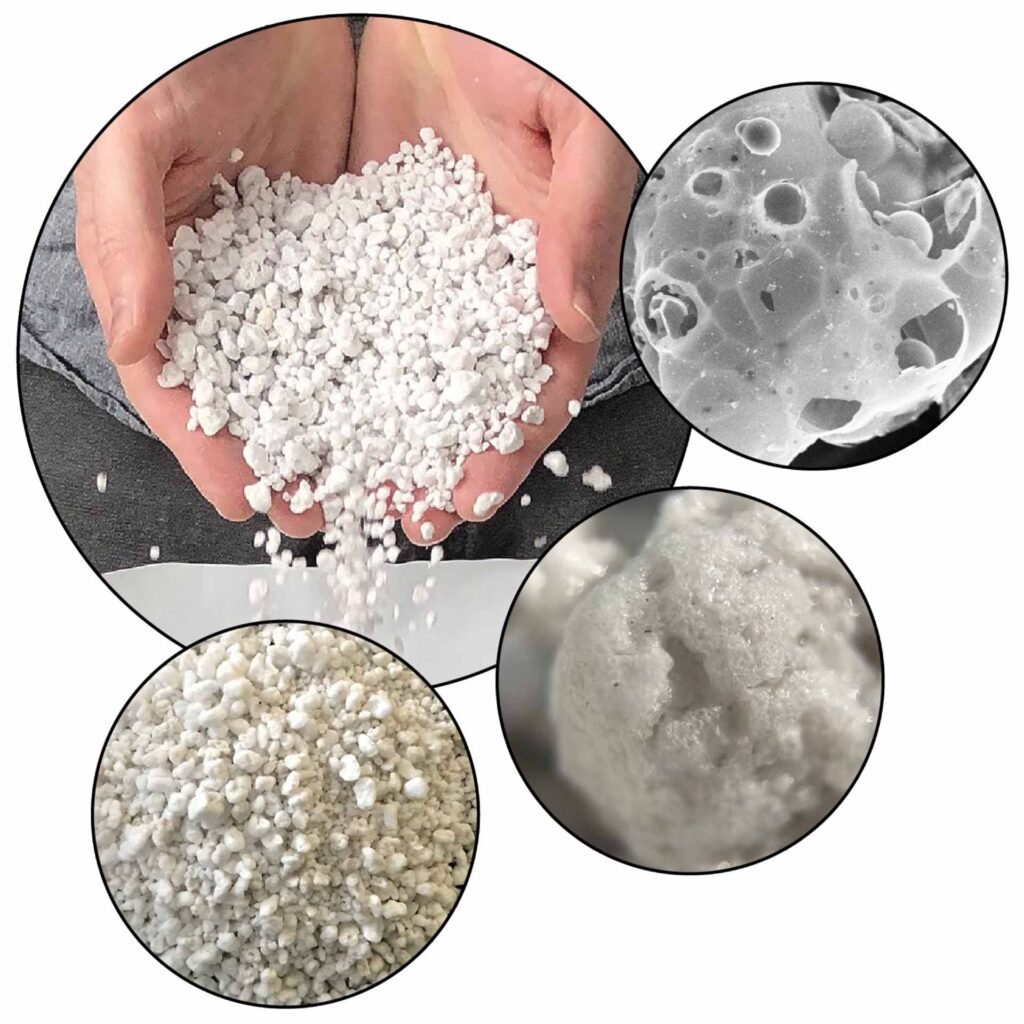
Gradation Affects Capacity
The amount of water taken up by particles of perlite is largely dependent on particle sizes. Just as fine, clay-rich soil holds more moisture than coarse, sandy soil, different particle size distributions of expanded perlite hold more moisture than others (Fig. 2).
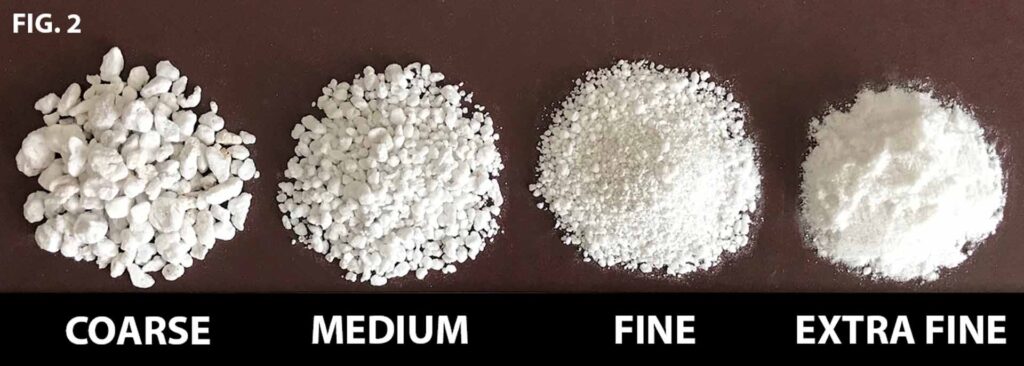
Moisture Retention and Release
Some applications need water or other liquids to remain in the perlite, while other applications benefit from the release or drainage that perlite provides. The perlite industry provides both coarse grades that drain liquid easily, and fine grades with lower porosity that retain more water for longer periods of time.
Figure 3 (below) illustrates a method used by the greenhouse and nursery industry to visualize moisture retention and release in growing media. In this method, growing media is saturated with water and allowed to drain by gravity alone to determine its maximum water-holding capacity. Then, small increments of pressure are added to simulate the effect of suction of moisture and nutrients caused by plant roots in soil. The resulting curves in the chart demonstrate how different sizes of perlite grains respond differently to increasing amounts of pressure.
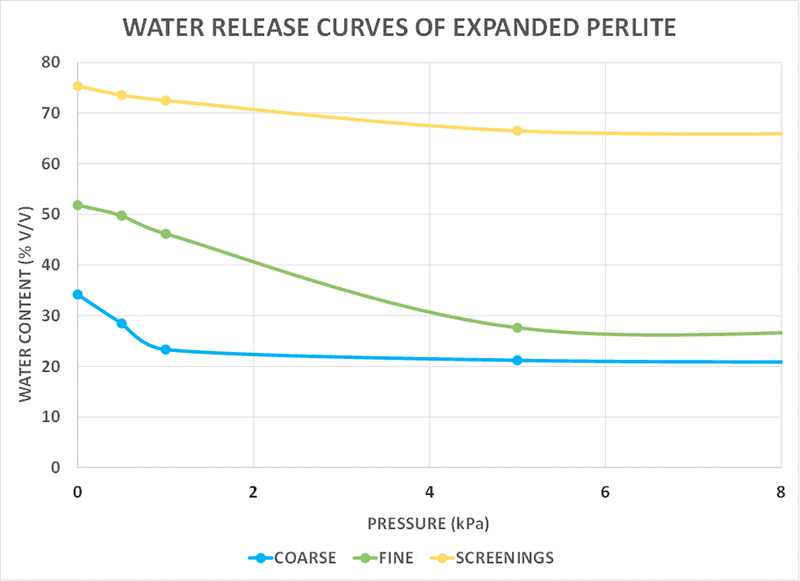
The maximum water-holding capacity for various grades of perlite at gravity pressure are summarized in Table 1 (below). Professional growers in different regions take advantage of these differences to achieve optimal moisture levels for their climate. A dry environment requires more water retention, while a cool and damp environment would demand a grade with higher drainage rates. Through the years, the industry has gathered information on the needs of these growers and provides them with the best particle size distribution and density materials.

Wicking Ability and Drainage Rate
Two more factors affecting perlite’s water-holding capacity are its miraculous ability to soak up moisture against the opposing force of gravity, and secondly, its ability to let excess moisture drain out to just the right
level for plant roots.
Water mobility in perlite is excellent regardless of initial moisture levels due to relatively fast-acting capillary action. In the demonstration pictured below (Fig. 5), a column of blue-tinted liquid rises highest in two grades of perlite when compared to other commonly used growing media.
Drainage rates for perlite are another factor affected by the different densities, particle sizes and shapes of the various grades available. Larger particle sizes tend to drain more quickly, while finer grades naturally hold on to liquid for longer periods of time and drain more slowly (see Table 1).
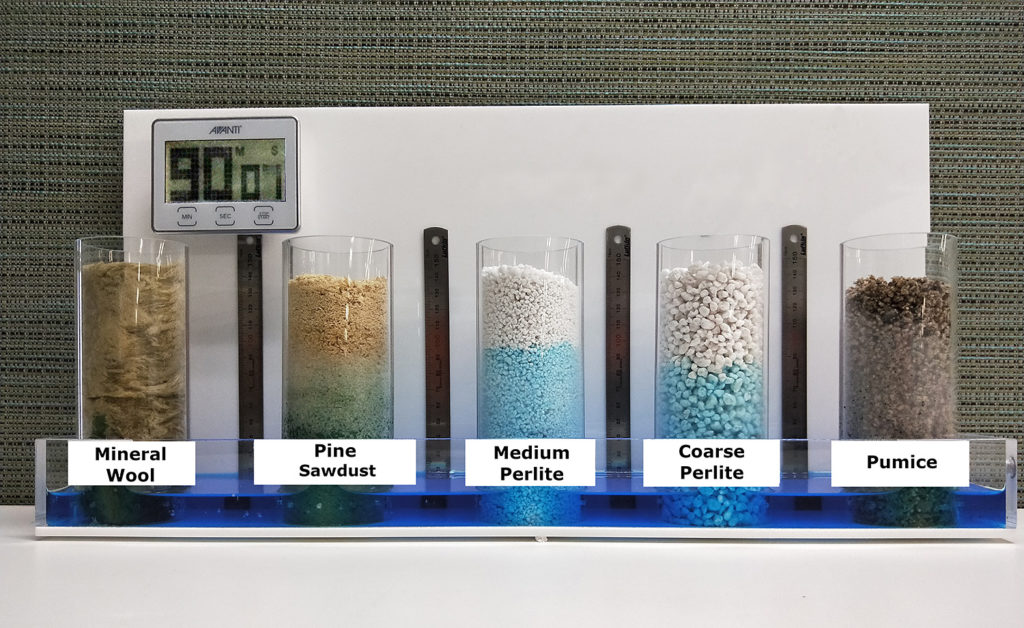
Water-holding Applications
Many applications take advantage of perlite’s moisture-holding capacity. Among the most successful are:
- Soilless growing media
- Seed starting
- Plant propagation
- Hydroponic growing
- Vegetated roofs
- Stormwater biofiltration
- Turf underlayment
- Native soil amendment
In the arid Middle East, perlite has been used with success as an absorbent layer between the root zone and desert sand (Fig. 6). Reports are that less than 50% of the normal water usage is needed to maintain the quality of sod and other plantings.
In a separate example, farmers in the United States have begun adding perlite to their fields to improve workability, air and water-holding capacity to their soil (Fig 7). Perlite helps combat compaction in native soils and helps increase the level of healthy biological activity by increasing oxygen in the root zone.
As a general rule, clay-rich soils need coarser grade perlite to provide good drainage while medium grade perlite offers a balance between air and
water-holding capacity. Fine grades will help with moisture retention in fast draining sandy soils. Ask your perlite supplier for help determining what grade of perlite is best suited for your soil.
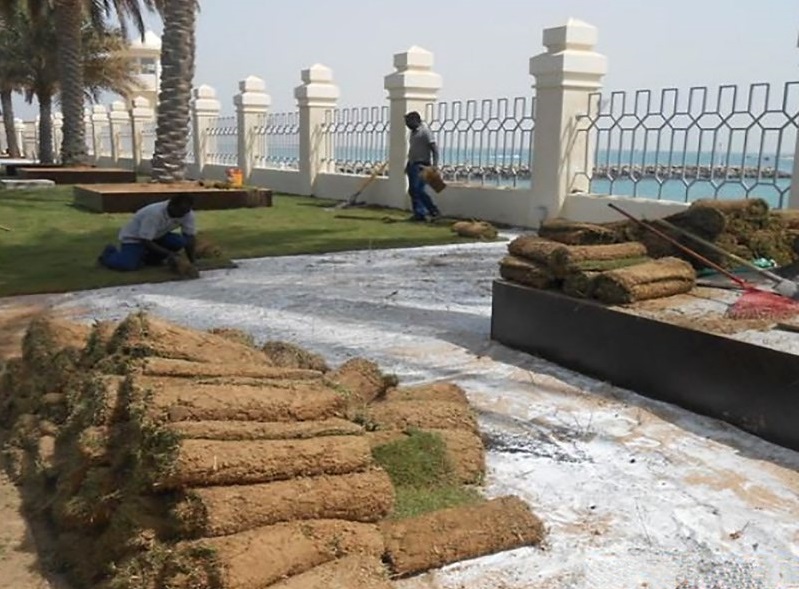
Fig. 6. Landscapers apply a layer of perlite before spreading turf in order to increase water-holding capacity of the soil. (Courtesy of Gulf Perlite) 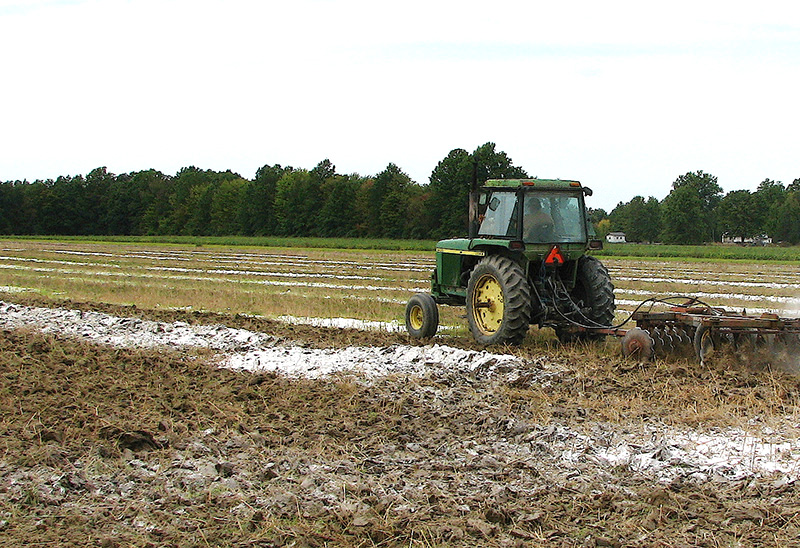
Fig. 7. A farmer applying perlite to his soil. Applications of perlite help air and water penetrate more deeply into the root zone and hold moisture there for longer. (Courtesy of PVP Industries)
Perlite, Water Conservation & Sustainability
Perlite has an important role to play in conserving the world’s fresh-water resources. Intensive greenhouse and container growing (Fig.8), produces greater yields per acre, and is often a more efficient use of water than field growing. Even in very arid regions, perlite can be used as a growing medium to feed the local population using limited resources.
As opposed to other growing media, perlite readily gives up its water to plants, meaning plants expend less energy extracting water from growth substrates, and put more energy into root and vegetative development. And since perlite is derived from natural sources, growing media containing perlite can be composted or recycled after use and won’t add to the global landfill crisis.
There are endless possibilities of how this versatile mineral can be used to store and release water, nutrients and other liquids. For help with your application, contact your local perlite manufacturer or supplier today.
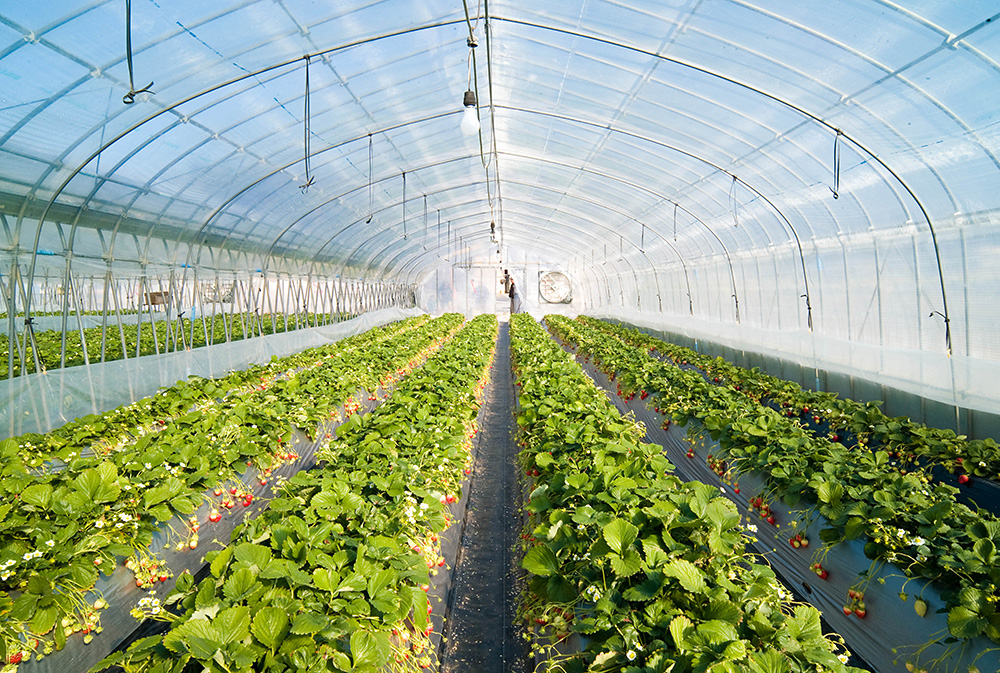
To download a .pdf of The Water-Holding Capacity of Perlite brochure, click here.
If you have technical questions on this topic, please email the technical contacts listed on our contact page.
Copyright © 2019 Perlite Institute All Rights Reserved
